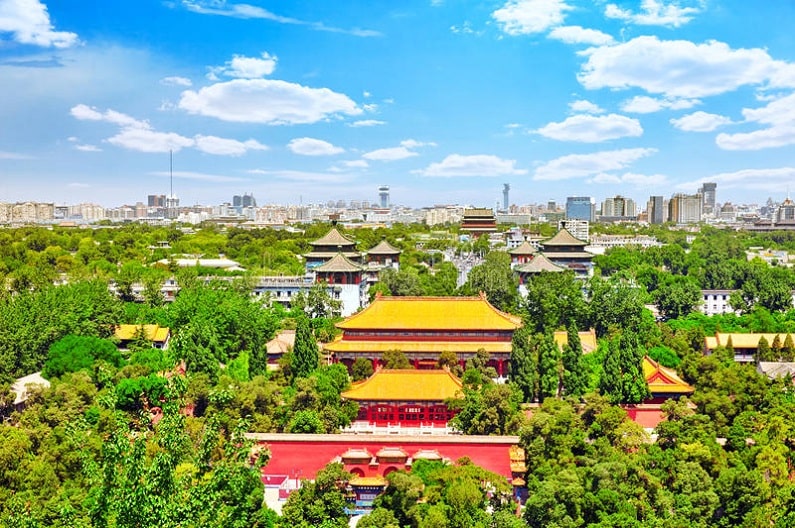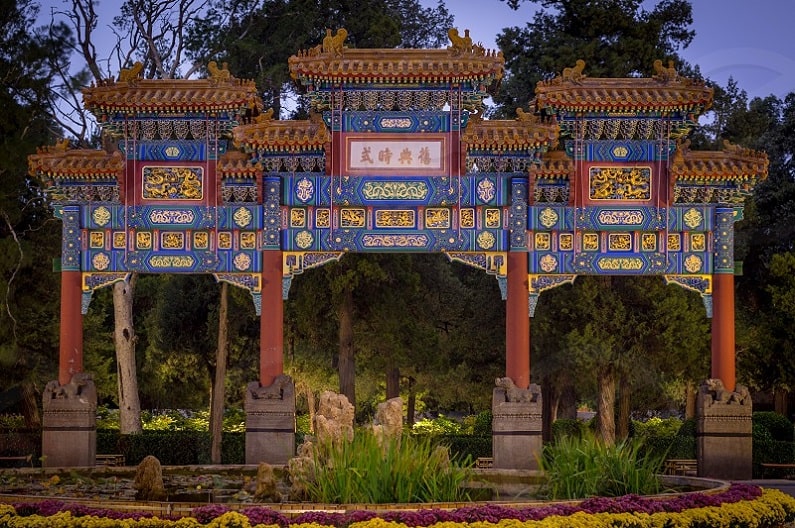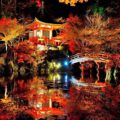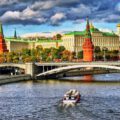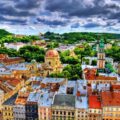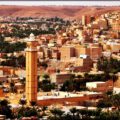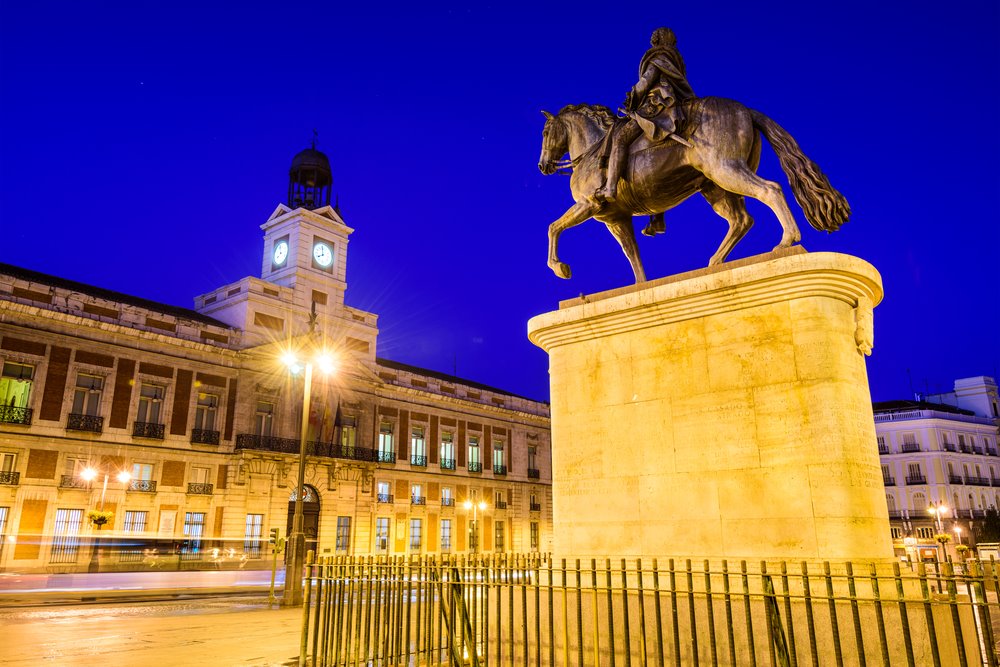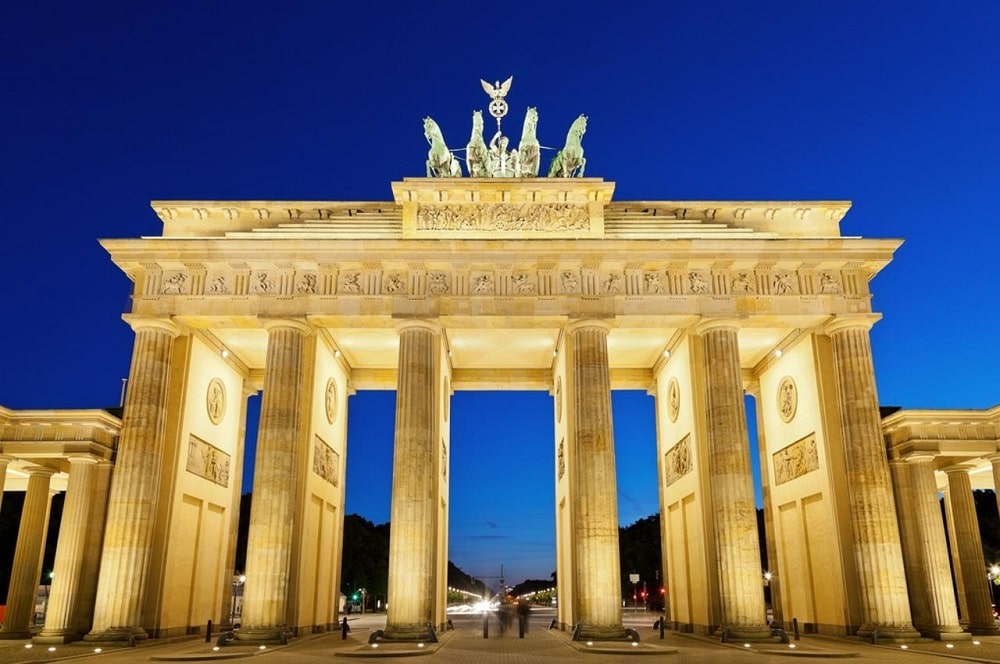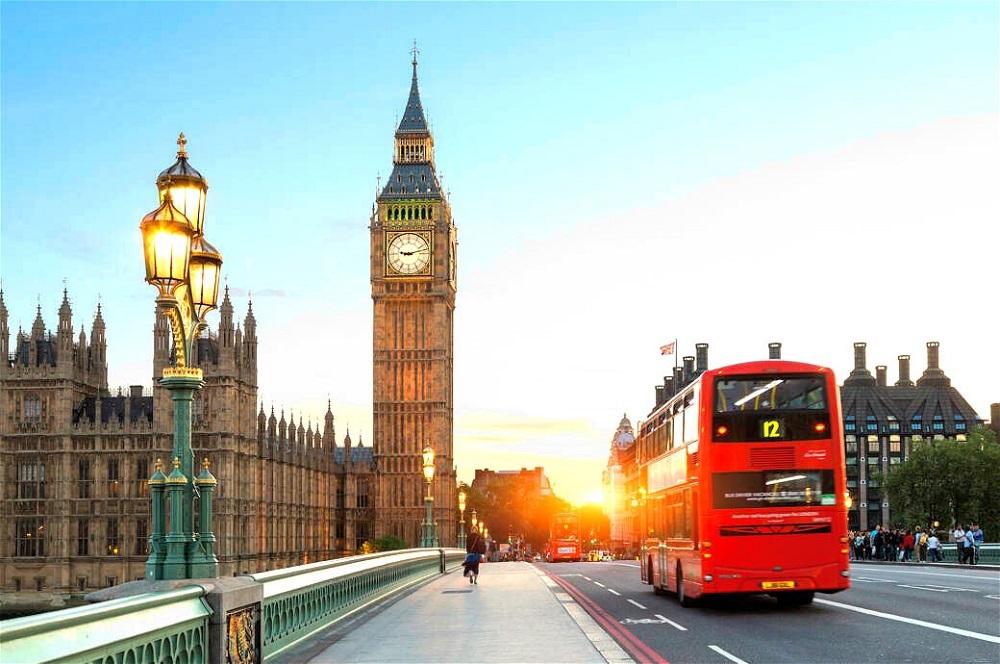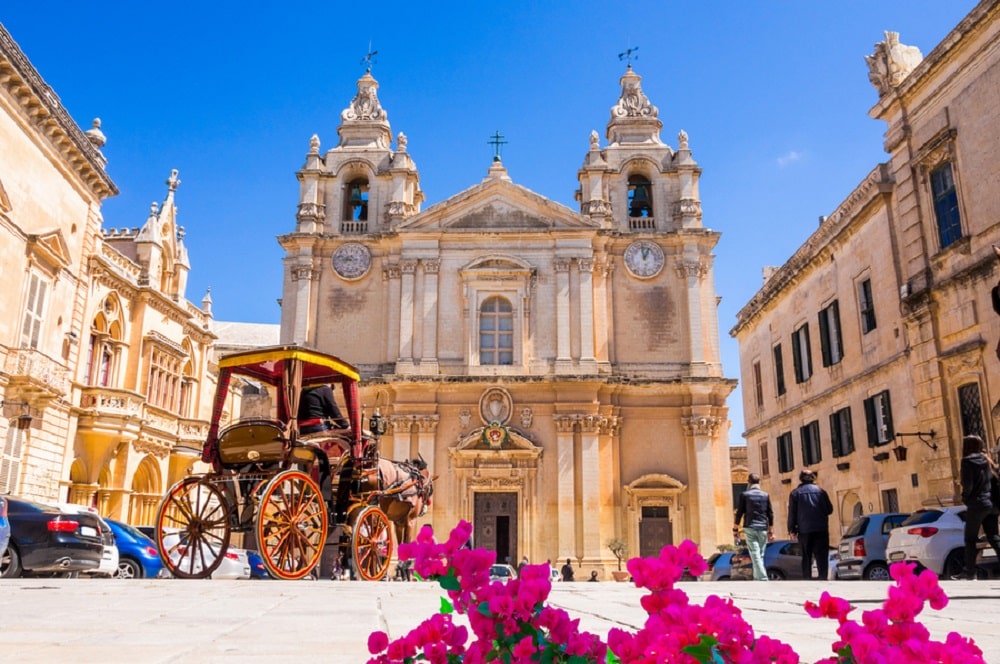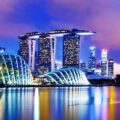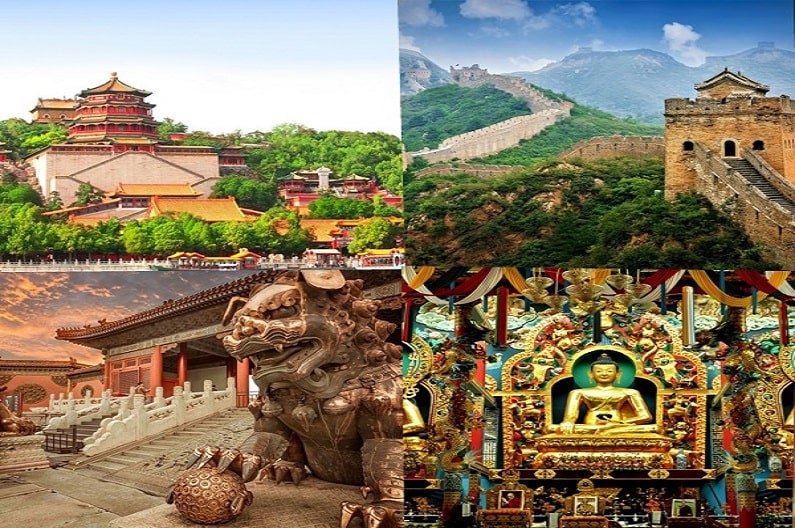
With its advanced road and railway network, it is possible to reach almost every corner of China. There are also airline connections with other major cities in China. Beijing is the capital of the People’s Republic of China. It is the capital city with the largest population in the world, with more than 21 million residents within its 16,410.5 km² administrative areas.
There are many unique travel opportunities and activities to do in Beijing. The city is home to some of the country’s most famous tourist attractions, including a section of the Great Wall of China at Badaling Pass.
*** You may be interested in; 17 Reasons Why You Should Visit China
Historical Artifacts and Museums
1. Imperial Palace and Forbidden City
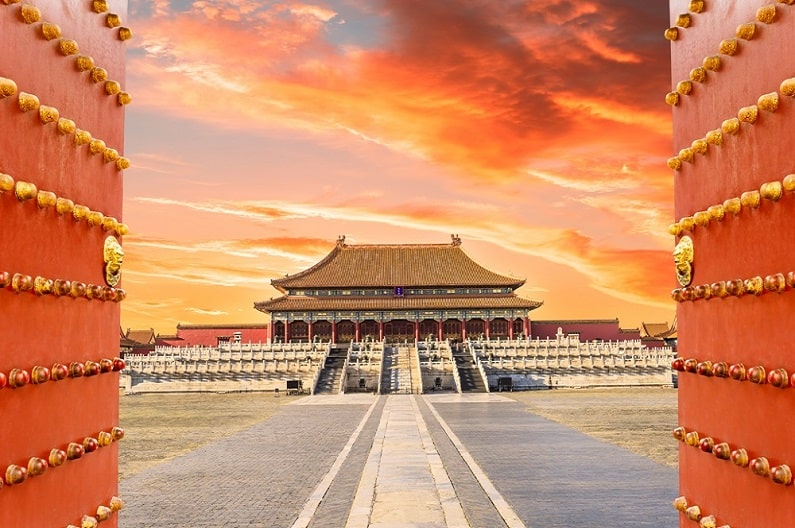
The Imperial Palace, also known as the Forbidden City, is China’s most important attraction and dates back to the 13th century. During the Ming Dynasty, between 1406 and 1420, it reached its present size as a result of expansions after the capital was moved from Nanking to Beijing. This beautiful palace is named the Forbidden City because it is a place where ordinary Chinese cannot enter.
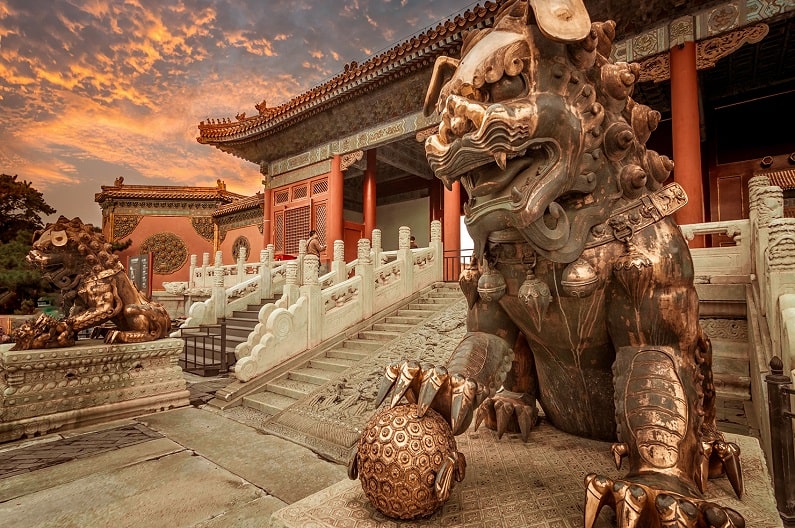
The 720,000-square-metre complex is divided into ceremonial and administrative areas surrounded by a 10-meter-high wall with towers on all four corners and a 50-meter-wide moat.
Highlights include the Meridian Gate, built-in 1420; the Golden River Bridges with five richly decorated white marble bridges; The Guardian Harmony Hall, which functions as the Emperor’s banquet hall; the Palace of Heavenly Purity, the largest hall in the Inner Court; and the Hall of Military Courage; permanent residence and special audience hall for emperors; It is the largest surviving wooden building in the country and is splendidly decorated.
*** You may be interested in; 15 Most Impressive Train Journeys in the World
2. Great Wall of China
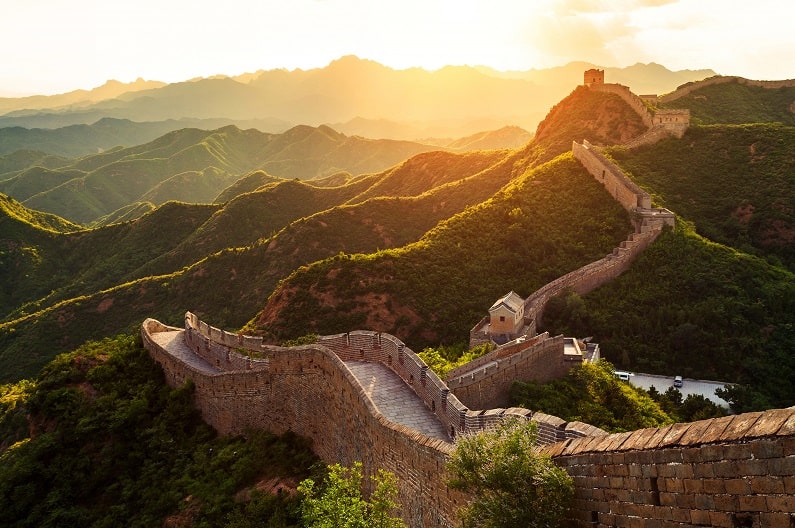
Beijing is only an hour away from the Great Wall of China, which tops the list of the world’s most magnificent walls. Badaling Pass is the section of the Great Wall of China closest to Beijing. You can enjoy walking on an impressive eight-meter-high section of the Great Wall of China dating back to the 16th century.

Along the way, you can enjoy the numerous towers and parapets that offer a magnificent view of the surrounding area. During the bumpy walk, you can take a pleasant cable car ride. This part of the Great Wall of China is the most visited place. That’s why it can get very crowded. For this reason, you should plan your trip early in the day if possible or sign up for a tour.
*** You may be interested in; 15 Most Beautiful Photography Museums in the World
3. Temple of Heaven
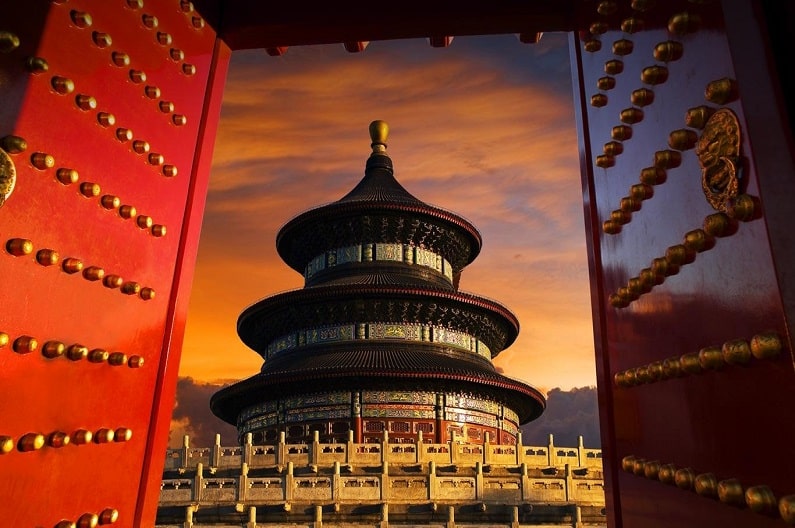
The Temple of Heaven, called Tiantán in Chinese, was built in 1420. Tiantan was formed by the gathering of Beijing’s holiest temples. These ancient temples, covered with dense vegetation, consist of two parts, symbolizing heaven and earth. Here, the hall was built using traditional Chinese wood and without nails.
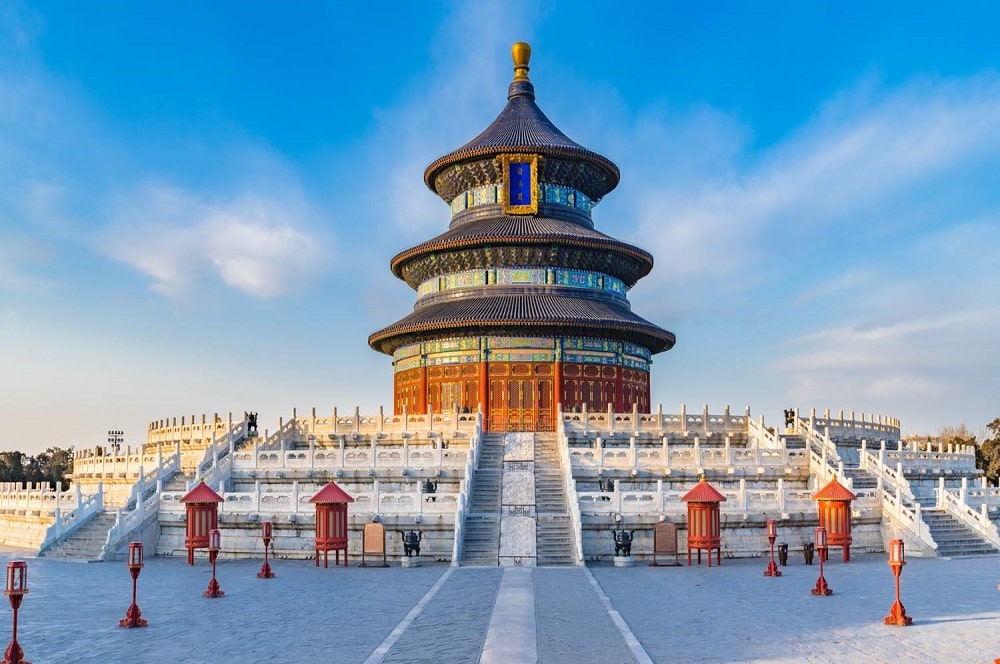
Another highlight is the Heavenly Vault Hall (Huangqiong Yu), built-in 1530 and featuring a blue-tiled conical roof (used to store the ceremonial plates of Heaven and Authorities). You should also visit the temple’s Echo Wall, an exaggerated effect by the three unusual echo stones.
*** You may be interested in; The 15 Most Famous Towers in the World
4. Summer Palace
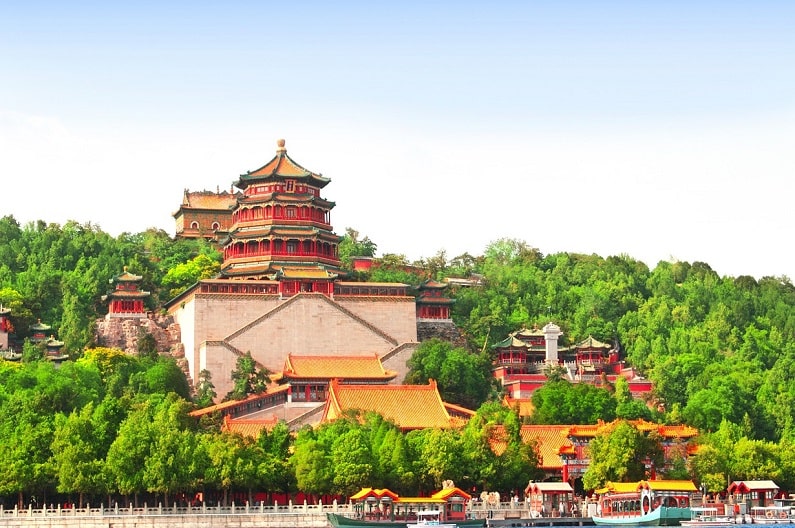
You can reach the Summer Palace in a short half-hour ride from Beijing city center. The palace has 700 years of history and features a lake and stunning gardens.
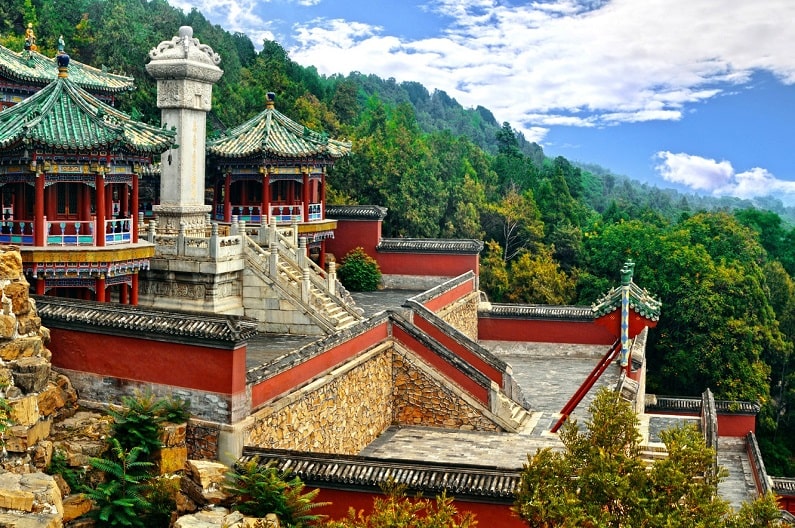
The best things to see on the often organized tours are the western-style “Marble Ship” (Shifang); the Hall of Prosperity and Longevity (Renshou Dian), with its elaborate throne; Adjacent to the Hall of Happiness and Longevity is a beautiful courtyard and the impressive 19th century Grand Theatre, where you can witness performances of traditional Chinese plays and music.
One of the most popular things to do, if time permits, is to take a cruise on a small pleasure ship that takes tourists to one of the palace’s temples.
*** You may be interested in; Europe’s 10 Hidden Special Routes
5. Lama Temple
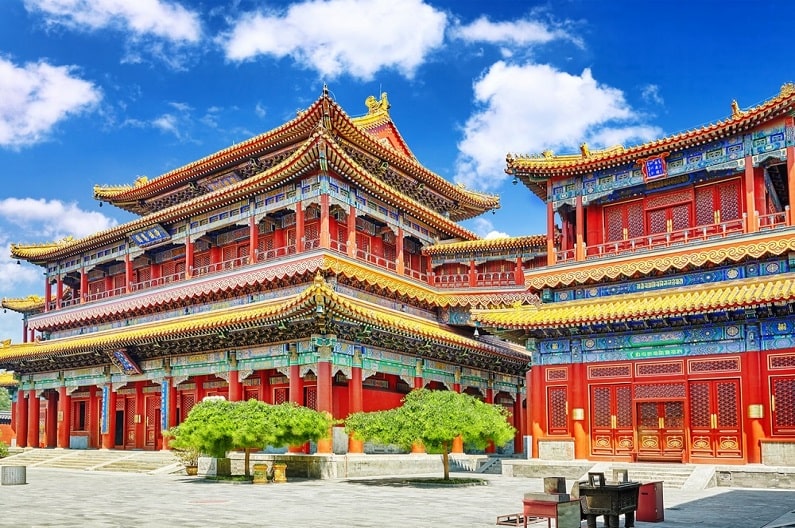
Another name for Lama Temple is Yonghe Temple. The temple is one of Beijing’s attractions and a very well preserved shrine. Completed in 1745, the building also served a political purpose by adding Lamaism so that Tibet, which had just joined the empire, would have an official seat in the capital.
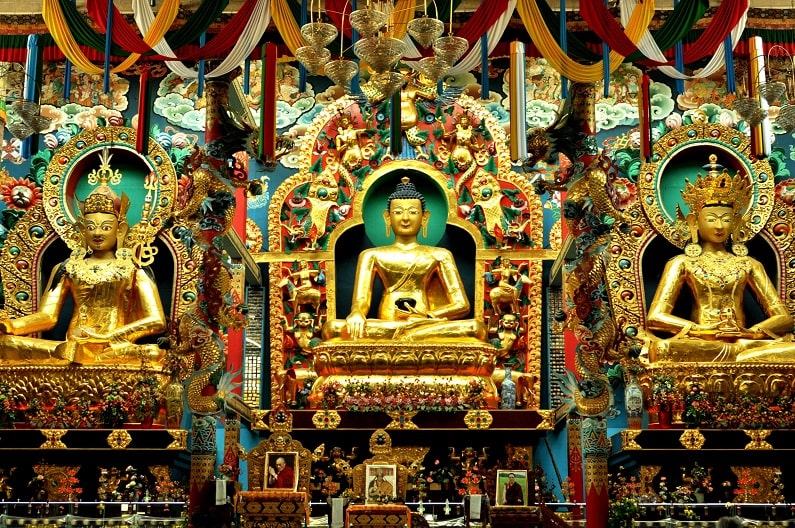
The Hall of the Kings of Heaven (Tian Wang Dian) with its statue of Buddha surrounded by four kings, was built in generous proportions and equipped with many precious works of art, and its most important feature surrounded by symbolic objects (frog, sword, snake, and shield). Also noteworthy is the statue of Weituo, the protector of Buddhism.
*** You may be interested in; The 5 Most Beautiful Holiday Islands in Spain
6. Beijing Capital Museum
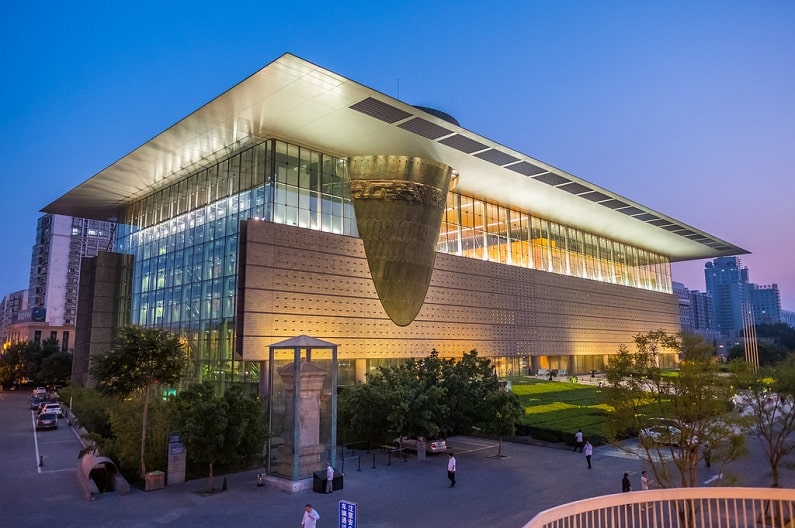
Beijing offers unique opportunities for those who are fond of arts and culture. Of particular interest is the excellent Beijing Capital Museum, one of the country’s premier art museums. Beijing Capital Museum was opened in 1981. In addition to traditional calligraphy works, the museum has a large collection of bronze and porcelain works, many sculptures from the cultures of China and other Asian countries.
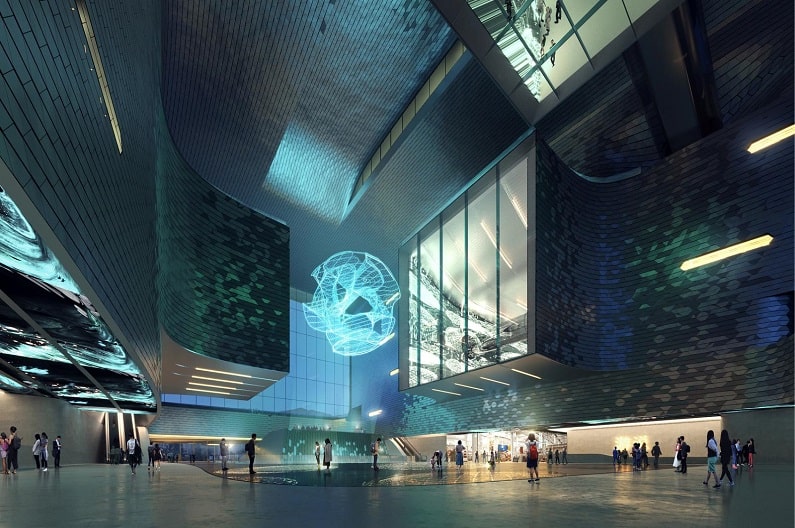
Other features of the collection of more than 200,000 important cultural artifacts, many from and around Beijing, include the massive Emperor Qian Long stele, which is nearly seven meters high and contains ancient writings.
Another modern landmark worth seeing is the National Center for the Performing Arts, also called the Giant Egg. Considered one of the best opera houses in Asia, the building opened in 2001 and has since been home to many of the world’s leading opera singers.
*** You may be interested in; The 15 Most Beautiful Palaces in the World
7. Fayuan Temple
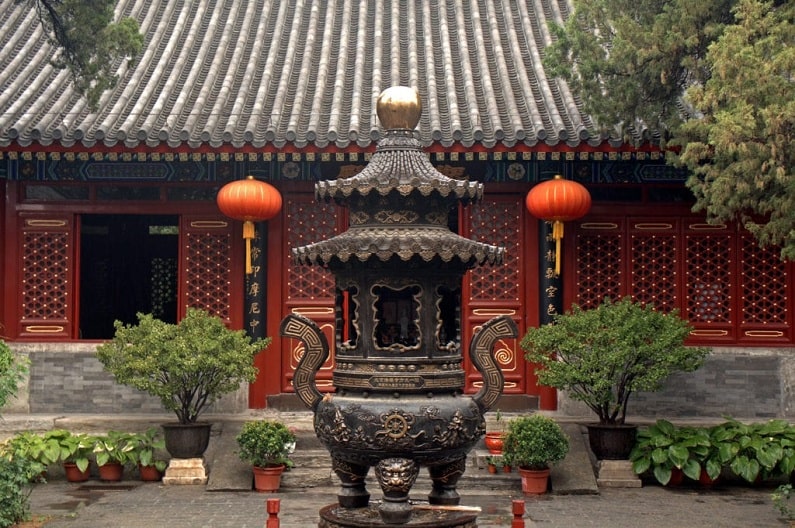
Also known as the Temple of the Source of Law, the Fayuan Temple dates back to 645 AD and consists of several halls with the oldest historical stone inscriptions dating from the 7th century.
The temple witnessed the most important historical events of Beijing in the 12th century: the imprisonment of Emperor Huizong, a place of investigation for the highest authorities of the state. Today, the temple is a place of worship and is also home to the Buddhist Academy, the most important educational institution in China.
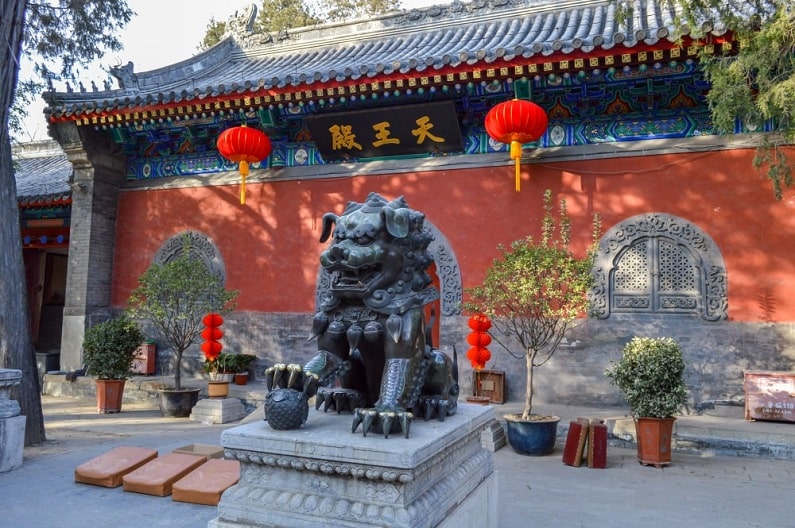
Other highlights here include the bell and drum towers in the first courtyard; the Hall of the Heavenly Kings with its fine sculptures; The Mahavira Hall houses the Buddhas of the present, the past and the future, represented in the 18 Luohan figures; and a Han Dynasty ceramic statue in the Dabianjue Tang Hall, one of the temple’s most prized objects.
*** You may be interested in; 11 Most Beautiful Places You Must See in Algeria
8. Beijing Confucius Temple
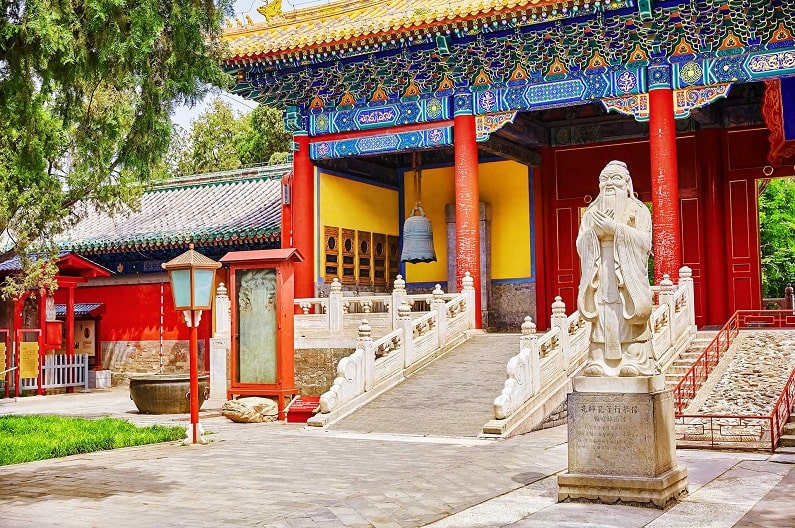
A short walk from the Lama Temple is the Beijing Confucius Temple, built-in 1302 and dedicated to the great philosopher and teacher Confucius, whose teachings have influenced public and private life for centuries. While many people are familiar with the name Confucius, they are not fully aware of the impact his teachings have had on the world for so long.
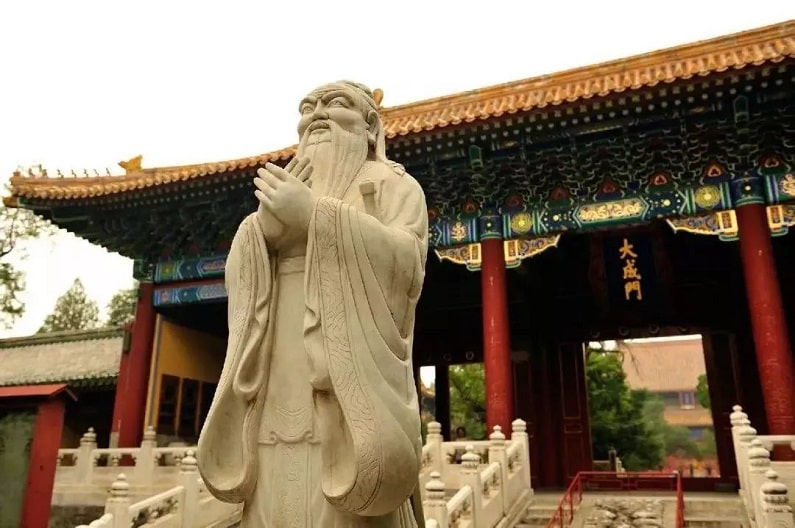
Confucianism, put forward by Confucius, is one of the most important currents of thought affecting China. Confucianism asserts an ethic of moral integrity, social order, and responsibility. One of the most famous Confucian temples in China, the Beijing Temple once hosted many ceremonies honoring his name under the emperor’s leadership.
The forecourt houses a 1986 stele naming all 51,624 Confucian sages who successfully passed the state’s highest examinations from 1416 until they were removed in 1904.
*** You may be interested in; The 10 Most Beautiful Honeymoon Places in the World
Parks, Squares, and Landmarks
Tiananmen Square
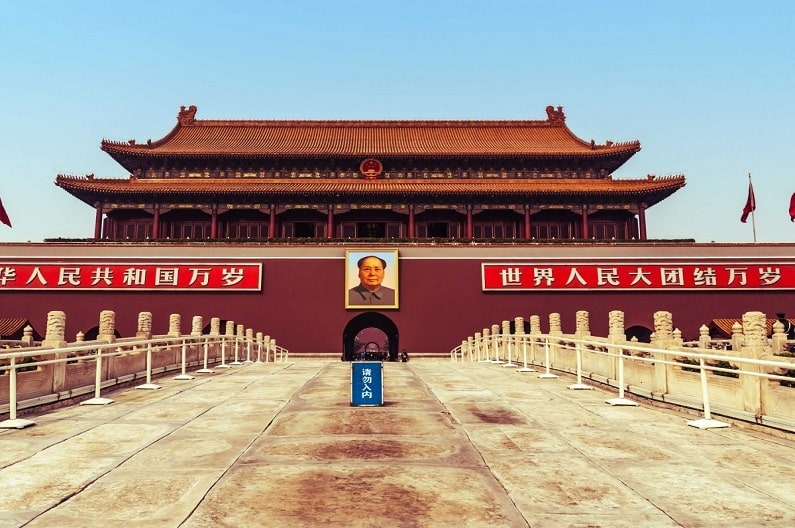
Tiananmen means “Peace in Heaven” in Chinese. The square was built in 1958 to commemorate the 10th anniversary of the People’s Republic of China. Another feature is that it is the largest square in the world in the city center.
The symbolic importance of the square, which is considered the center of communist China, stems from the student demonstrations on May 4, 1919. At that time, students protested the provisions of the Versailles Treaty regarding China with a demonstration in this square.
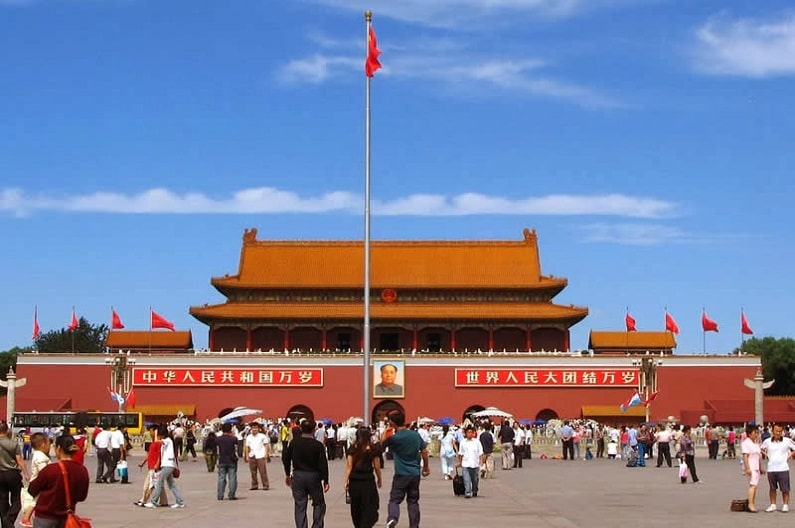
The Monument to the People’s Heroes in the square stands out. This monument is an obelisk with a height of 38 meters. 17 thousand pieces of marble and granite were used in its construction. Another highlight of the square is the Imperial City of Heavenly Peace. This part was completed in 1417.
Another important area is Zhengyangmen or Qianmen, the southernmost gate to Tiananmen Square. This impressive building, which dates back to the early 15th century and was restored in the early 1900s, is considered one of the city’s most important landmarks.
Another place in the area is the Museum of the Chinese Revolution, with exhibits showcasing the various stages of the Chinese revolution and the development of the Communist Party from 1919, and the Mao Zedong Mausoleum, where Mao sits in a crystal sarcophagus.
*** You may be interested in; The 10 Strangest Toilets In The World
Beihai Park
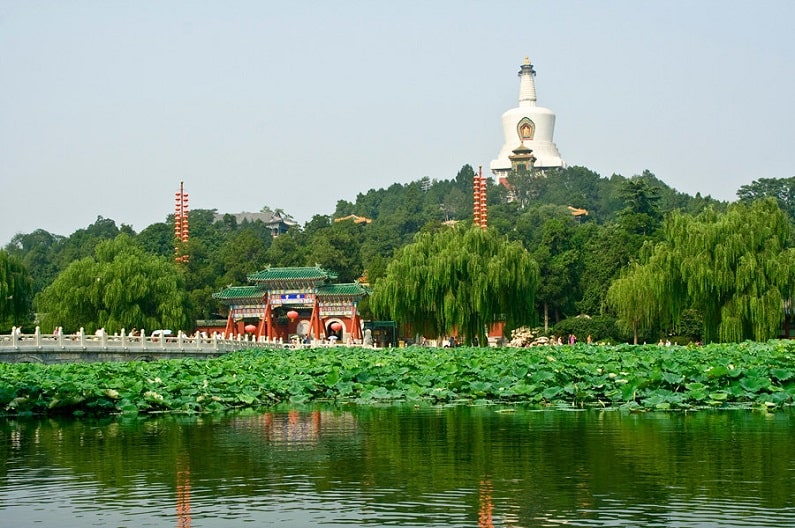
A short distance from the Imperial Palace, Beihai Park is one of Beijing’s oldest surviving imperial gardens. The park in question is named Beihai Lake (North Lake). This open space was built in the early 10th century.
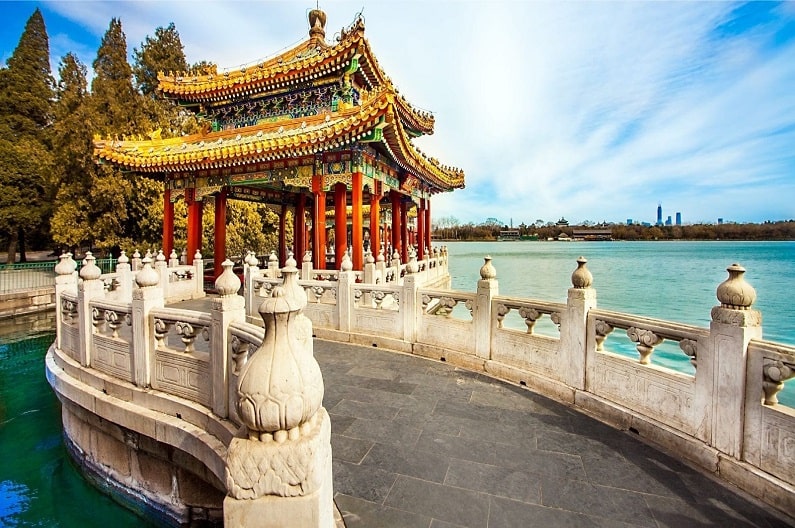
Among the most important structures are the Round Fortress from the 1271-1368 Yuan period; the magnificent Hall of Enlightenment, built-in 1690 and carved from a single block of white jade and home to a one and a half meter tall Buddha; and a sizable black jade vase from the early 12th century.
Other notable features are the Song Qingling residence, where the founder of the Republic, Sun Yat-sen, lived for 18 years until his death; Mei Lanfang (Mei Lanfang Guju), the famous Beijing Opera male star specializing in playing a female role.
